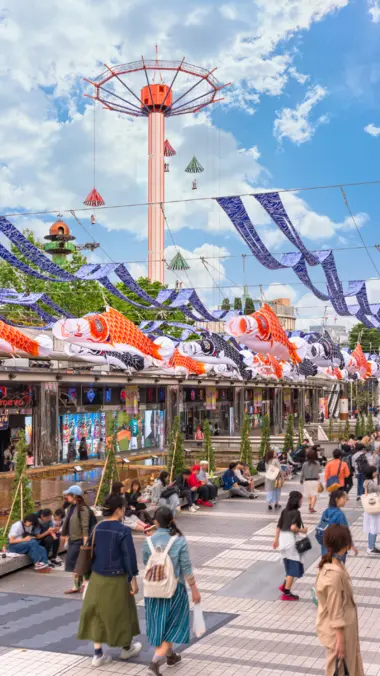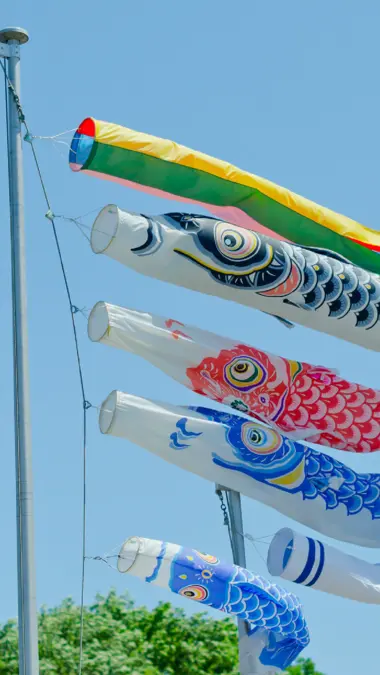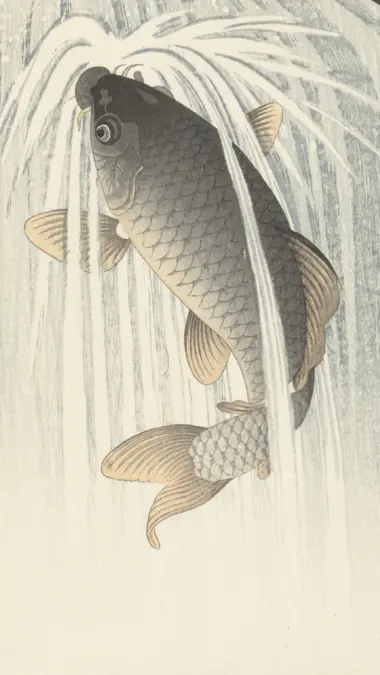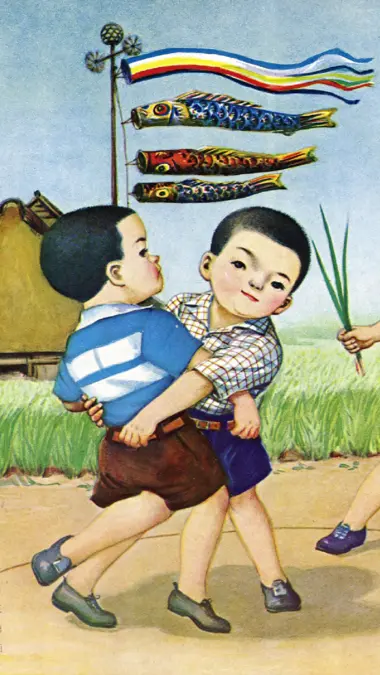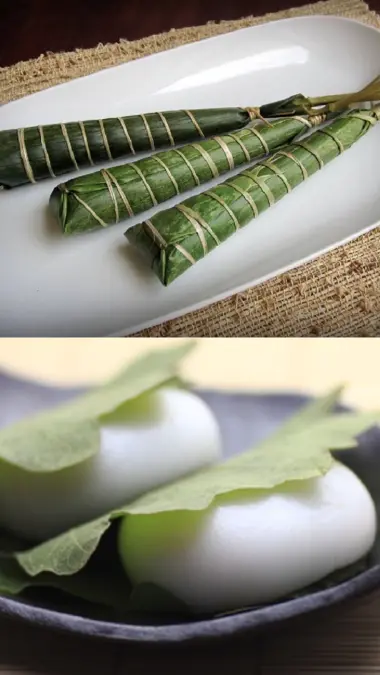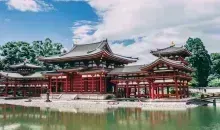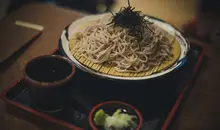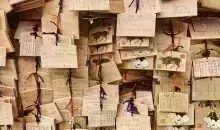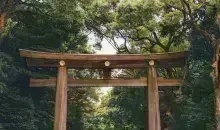Kodomo no hi 子供の日
- Published on : 05/05/2017
- by : La rédaction
- Youtube
Aerial carp
On May 5, multicolored carp float through the Japanese gardens. The older boys' party, which has become that of all children, is still loaded with ancestral symbols.
Two months after Little Girls' Day, and when the cherry blossoms have barely fallen, it's the boys' turn to have the honors of the spring calendar: May 5, in an ancient celebration that mixes Chinese influences and samurai culture, Japan is enthusiastic about the popular festival of tango no sekku.
The day of koinobori
On the balconies, in the gardens, above the rivers, the symbols of this particular day then float in the spring breeze: multicolored carps of paper or silk, hung by households that have had at least one boy. The carp, this fish that goes up rivers against the current during the spawning season, is a symbol of courage and perseverance, which Japanese parents would like to instill in their male offspring.
They are often seen clinging to bamboo poles, this koinobori (“carp mounted on a pole”), floating in groups in the gusts of the wind: a large black carp symbolizing the patriarch of the household; another, red, for the mother figure; then a carp for each child in the family.
From China to samurai
It was first in the imperial court that the Chinese festival of duanwu - imported to Japan around the 6th century, like the writing system and the Buddhist religion - became popular. She then celebrated the iris, which is still a symbol of May 5: it is not uncommon on this day to see iris branches hanging at the entrance of houses.
But from the Kamakura period (1185-1333), the habit was lost at court and was picked up by the buke, the families of samurai. May 5 becomes the day when the little warrior receives part of his future armor from his father. The iris festival is gradually replaced by a celebration of the culture of the sword, and the transmission of the chivalrous ideal from father to son.
Read also: In the footsteps of the samurai
Even today, Japanese families very often give their boys kabuto, miniature replicas of the ancient helmets of samurai armor. Richly gilded and decorated, they then sit enthroned under glass in the main room of the house.
Ceremonies
Carps, irises, samurai culture, May 5 is, therefore, a day full of symbols. It gradually evolved from tango no sekku ("iris festival") to kodomo no hi ("children's day") to become a celebration of all the "youngsters" of Japan.
We then taste two rice-based recipes, chimaki (steamed rice wrapped in bamboo leaves) and kashiwa mochi (ceremonial rice that is also reserved for New Year's celebrations, but here stuffed with mashed red beans and wrapped in an oak leaf).
Also discover: Mochi, the sticky rice of Japanese sweets

